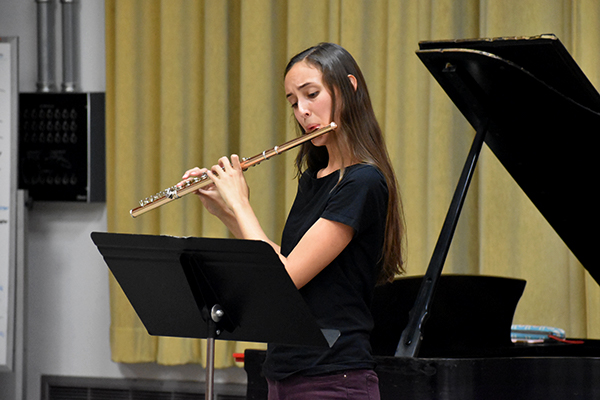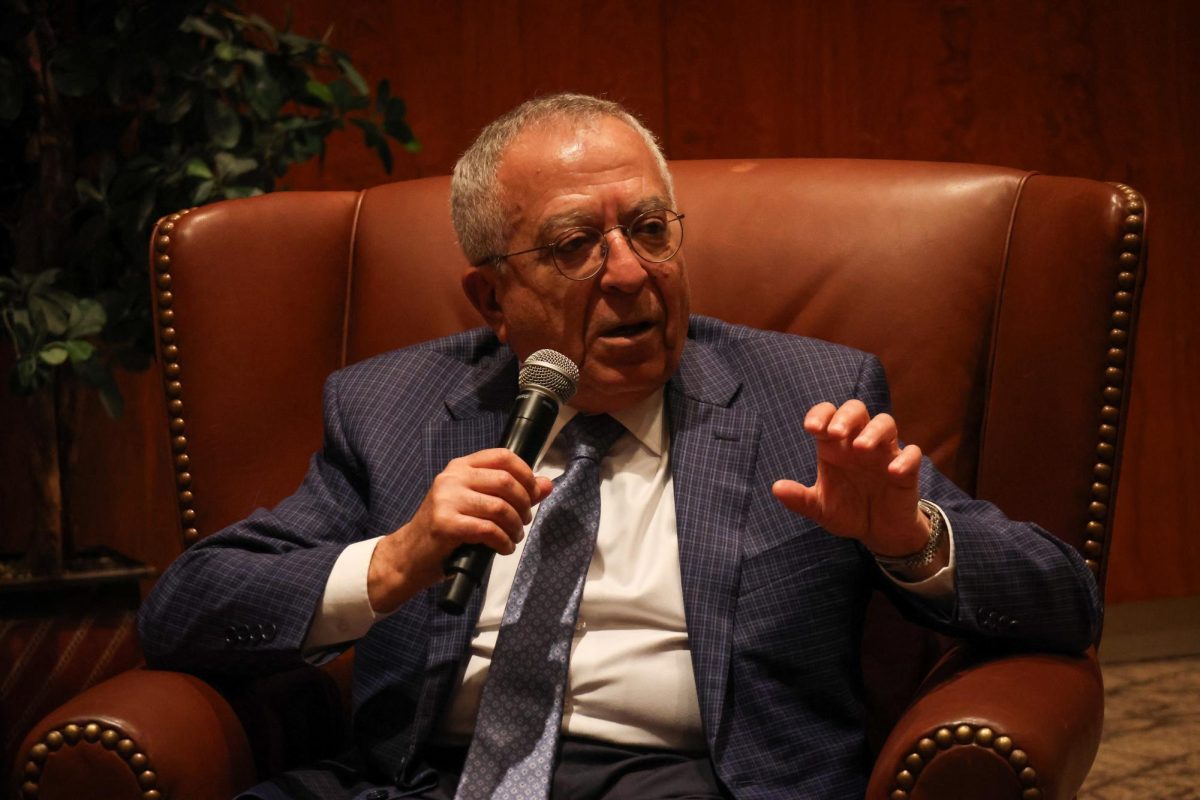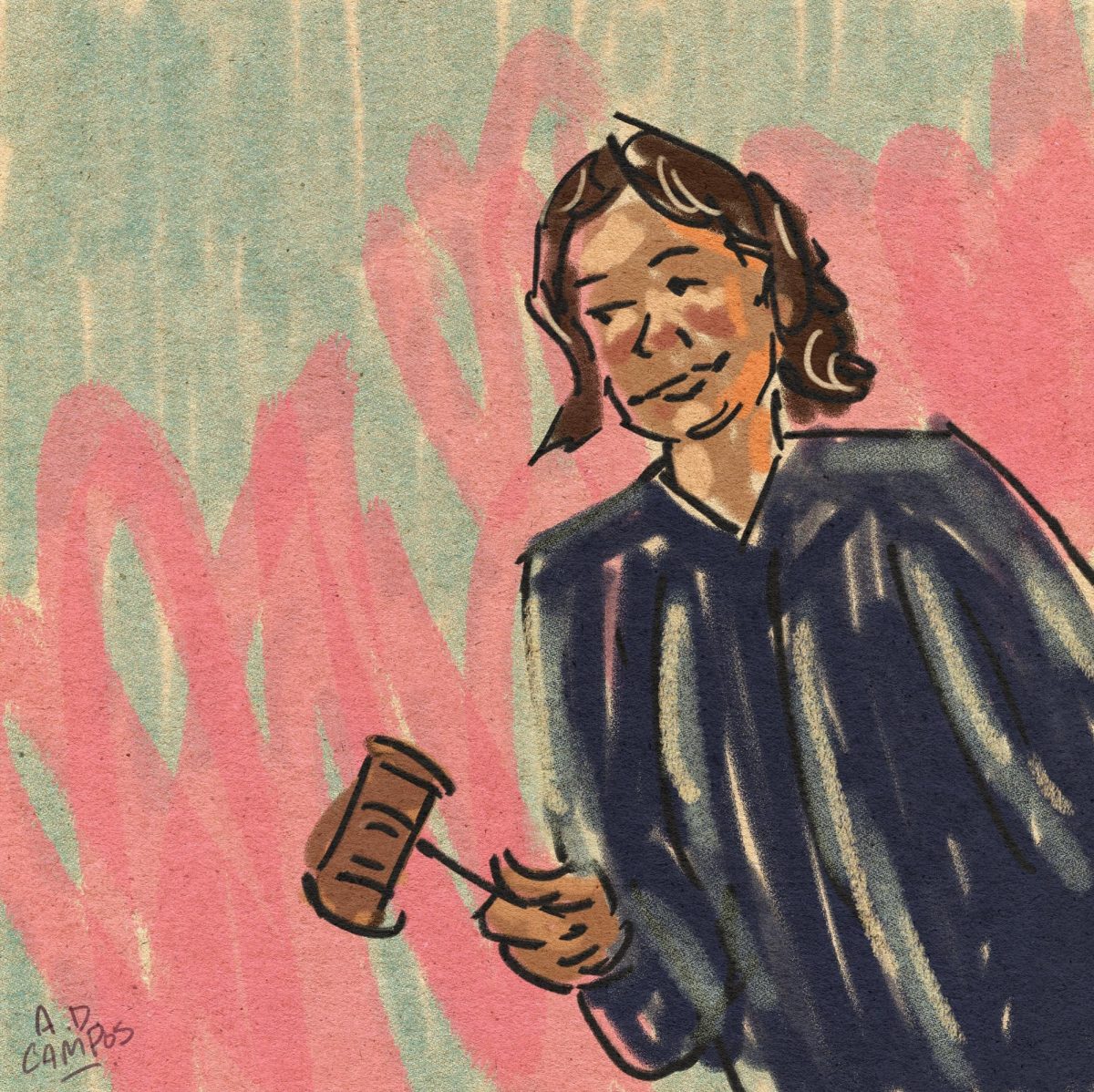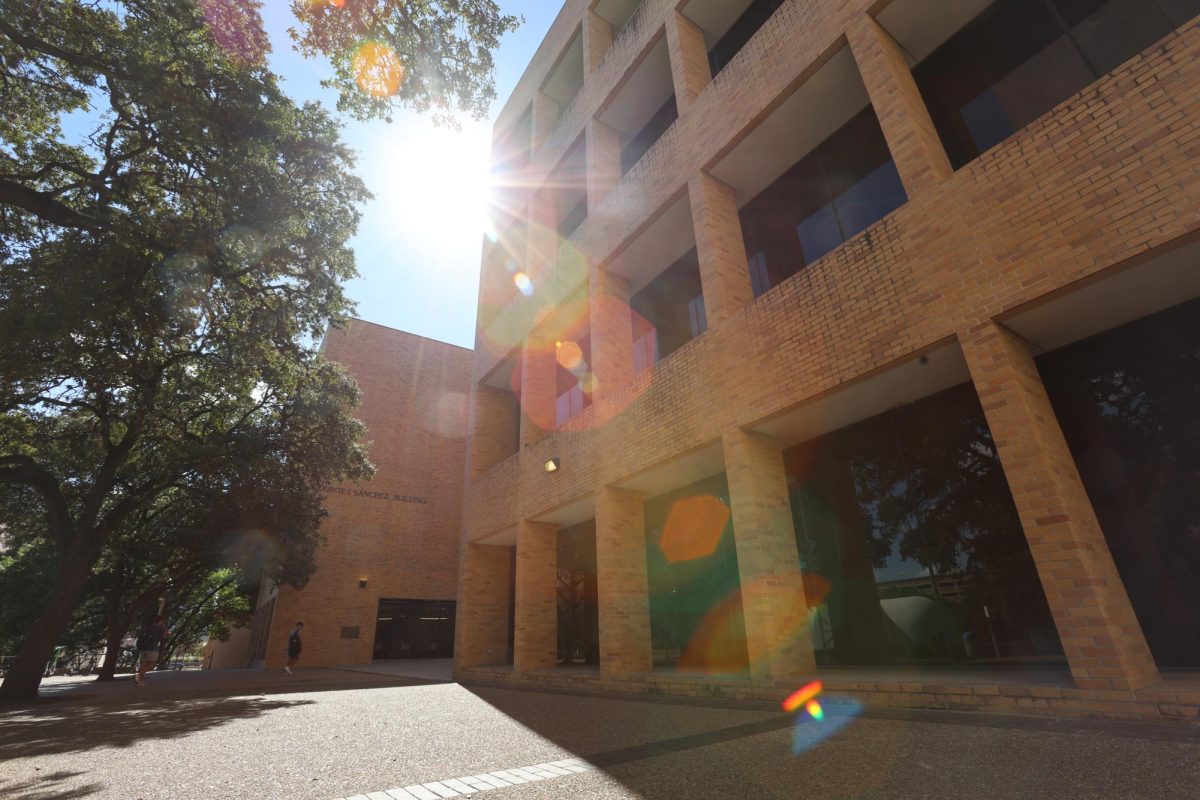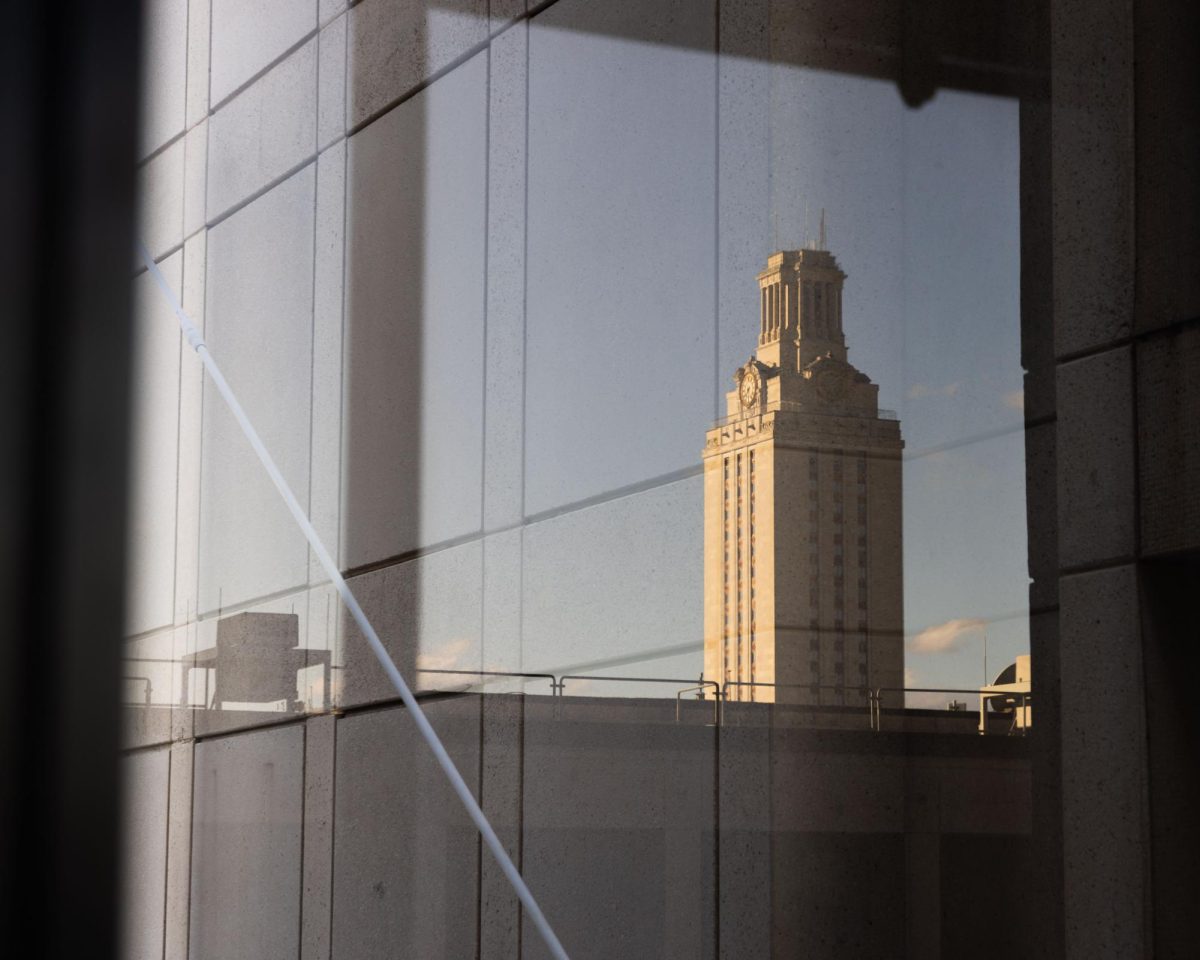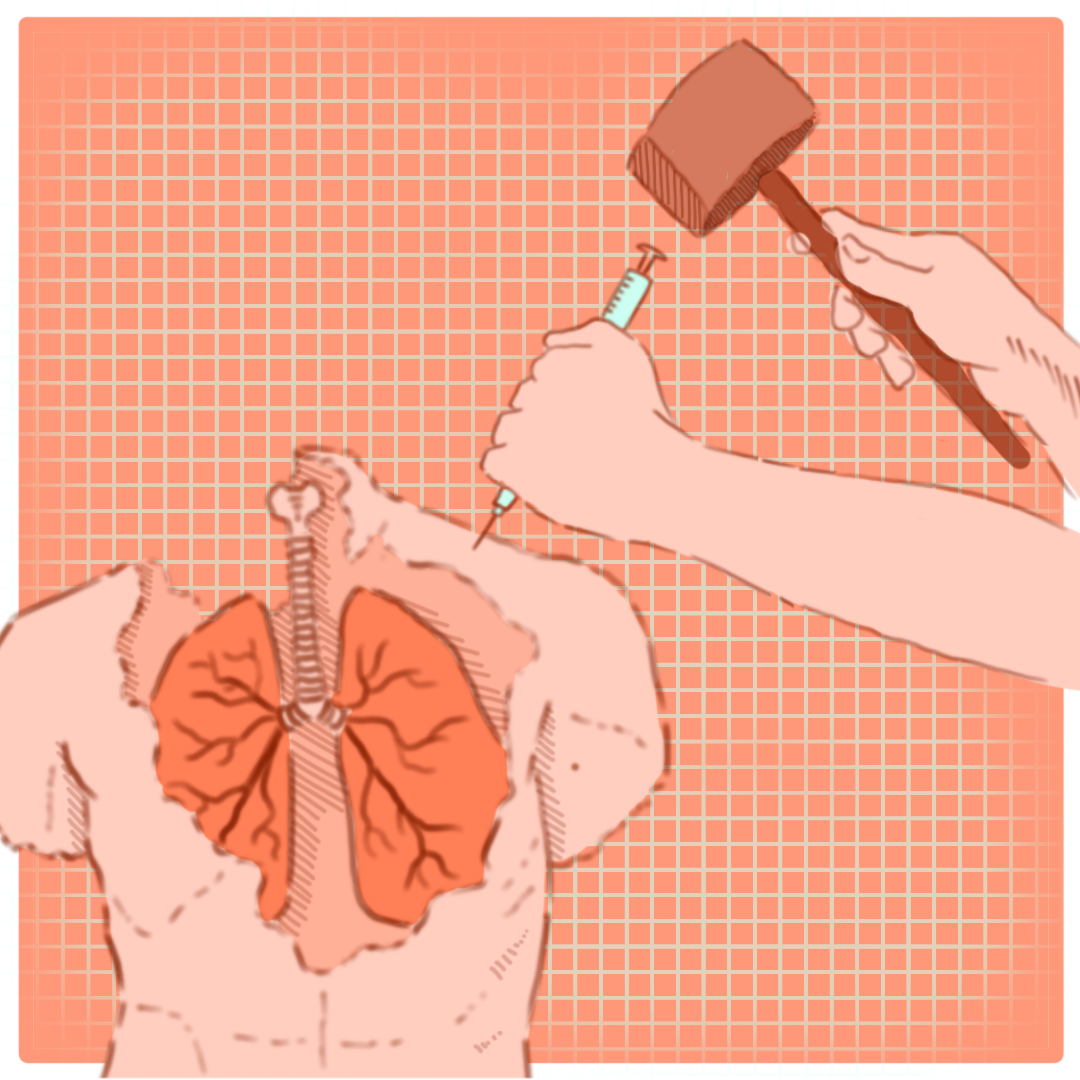The Butler School of Music has allowed minimal in-person instruction and instituted strict scheduling policies due to new research about aerosols produced by wind instruments.
Aerosols are small respiratory droplets and the collection of these droplets in the air, according to the Centers for Disease Control and Prevention. UT director of bands Jerry Junkin is part of the College Band Directors National Association, which he said requested scientific studies of aerosol production via wind instruments.
Shelly Miller, a mechanical engineering professor at the University of Colorado at Boulder, previously led a study showing that unmasked, indoor singing spreads COVID-19 through aerosols. Miller led the aerosol study commissioned by the College Band Directors National Association, which has released preliminary results from the first three weeks of the six-month study.
“What we found in that study is that wind instruments and singing and theater performances generate aerosol,” Miller said in a video by CU Boulder Strategic Relations. “We immediately have tried to investigate, well, how do we reduce the aerosol emissions from these activities?”
A layered approach is necessary to keep musicians safe, including distancing indoors, proper ventilation, masking and limiting the time spent singing or playing wind instruments, Miller said in the video.
Mary Ellen Poole, Butler School of Music director, said none of the rooms in Butler have more than two air changes per hour and some have only one. Poole said they used a calculator provided by CU Boulder to determine the rooms needed to rest three hours between users.
Page Stephens, assistant director for operations for the Butler school, said rooms with two air changes per hour must rest for two hours, and rooms with one air change per hour, which is the assumption for most rooms, must rest for three hours.
“I basically make a weekly schedule for (the staff) where they're walking around the building locking and unlocking doors at certain times to make sure nobody is using a room when there's supposed to be air scrubbing time,” said Stephens, a music performance graduate student.
Stephens said the physical distance between musicians must be more than 6 feet. Now, in-person lessons are not conducted in faculty studios but instead in the largest rooms with double-height ceilings, she said.
Stephens said in an email that roughly 10 performance faculty have elected to teach private lessons in person, and the rest teach over Zoom. Stephens said the only ensemble that has been meeting this semester is the percussion ensemble with only four members at a time.
Next semester, the school will move toward more in-person activities. Poole said in an email that the New Music Ensemble, string orchestra, choirs and Butler Opera Center all have plans for small groups of fewer than eight musicians that follow health and safety guidelines. Stephens said wind players will have a 30-minute time limit on indoor rehearsal while other instruments, such as strings, have an hourlong time limit.
Stephens said some students have expressed a need for community, and she believes it’s important to cultivate collaboration as a learning musician.
“What we decided to do was to have no more than eight people in an ensemble, ever,” Stephens said. “We have a couple of rooms where we did these diagrams where we figured out how to get people 8 feet apart.”

